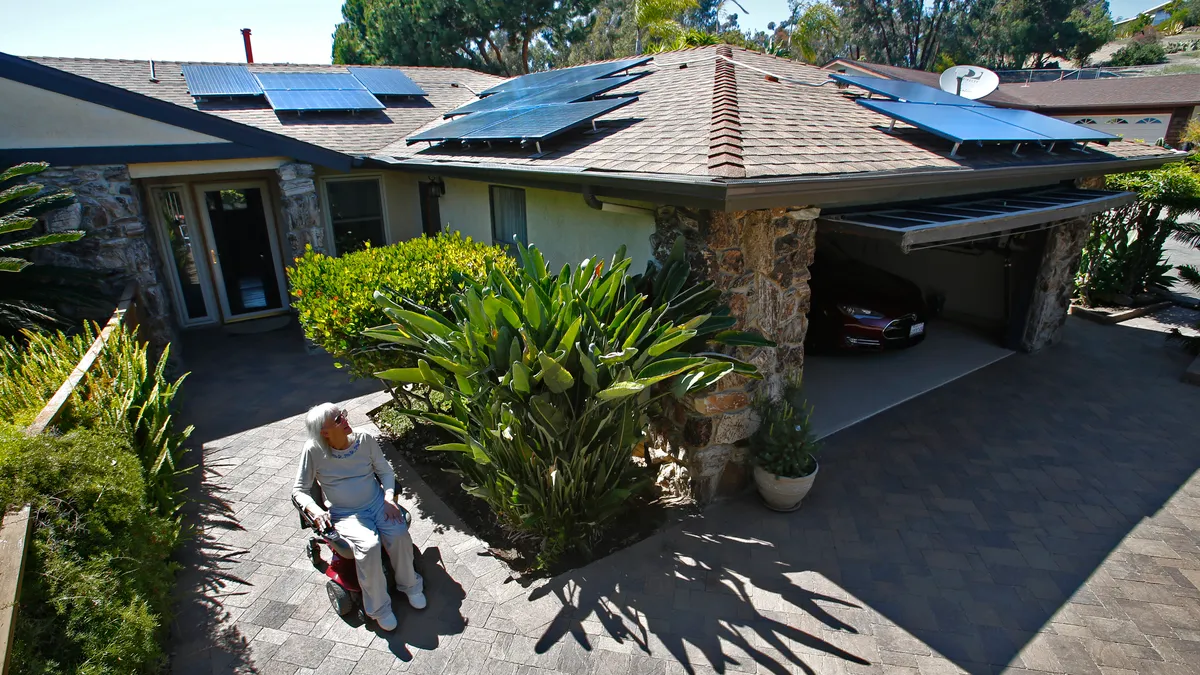Dive Brief:
- The National Association of Regulatory Utility Commissioners (NARUC) has finalized a manual on rate design for distributed energy resources (DERs), aimed at assisting state regulators in developing new compensation mechanisms.
- The year-long effort to develop the handbook was uncontroversial but also highlighted standing differences in how developers and utilities see compensating DERs. Minor changes from draft-to-final version indicate a softening of tone on the depth of some issues.
- While NARUC's manual is a broad overview of DER rate issues, New York is now detailing a more fleshed-out rate regime that would add locational, environmental and capacity values to the pricing of distributed resources.
Dive Insight:
Back in August, Utility Dive reported that NARUC's efforts to develop the Distributed Energy Resources Rate Design and Compensation manual had highlighted the debate over cost shifts and the value of DERs. While there was much general agreement, some parties split on whether customers with rooftop solar and other distributed resources often do not pay their fair share for grid upkeep.
Fittingly, the draft manual said debates sparked by distributed resources and the pressure they put on utilities and their rate structures are some of “the most divisive issues facing regulators today." The finalized version softened that slightly, to explain that the economic pressures that DER may put on the utility "is one of the most challenging issues facing regulators today."
While the change is small, it highlights the detailed work that goes into developing policy documents and recommendations.
“This publication was a major undertaking by the staff subcommittee and we appreciate their hard work and the many valuable comments we received from commissions and stakeholder groups,” NARUC President Travis Kavulla said in a statement. “Although the manual is not the final word on the subject, it will be a useful practical resource for regulators.”
Kavulla called on the Staff Rate Design Subcommittee to develop the manual to provide a consistent framework for evaluating rate design decisions in the age of distributed energy resources. Among other things, the manual discusses how DERs impact existing regulatory and utility models, and offers rate design and compensation options.
New York's Reforming the Energy Vision process has given the state a jump on redesigning its energy sector. Since 2012, solar power systems in the state have grown 750%, from a little over 78 MW to 669 MW. The state's Department of Public Service is working to develop a pricing structure that will value DERs' environmental attributes, location benefits and capacity.















